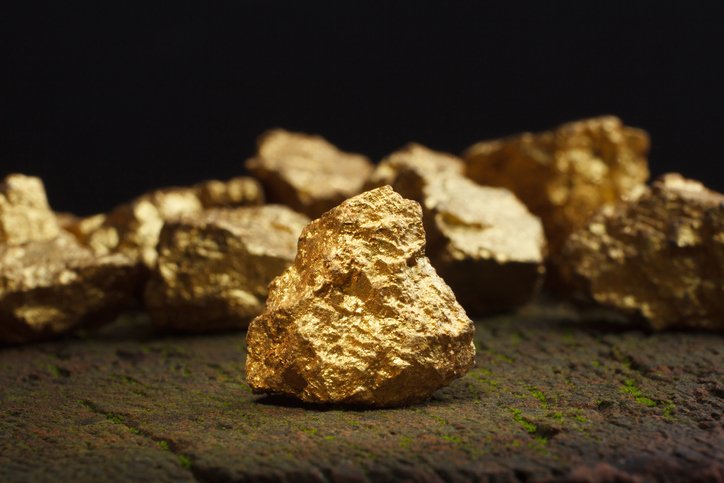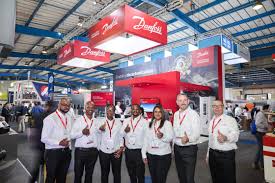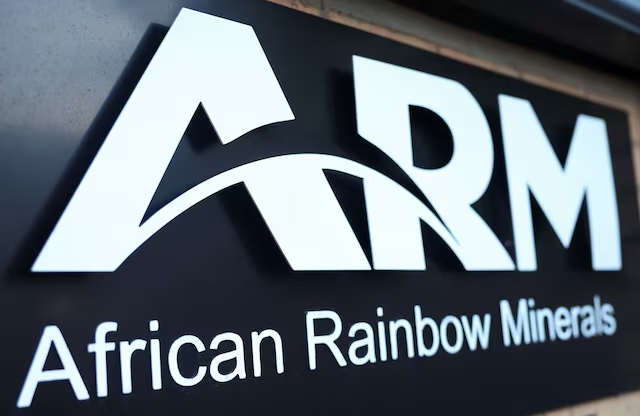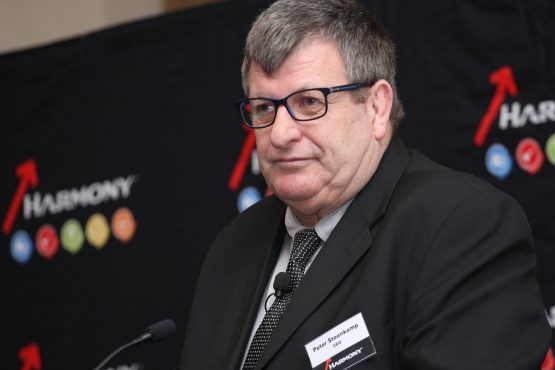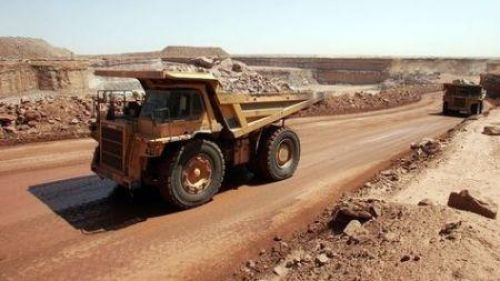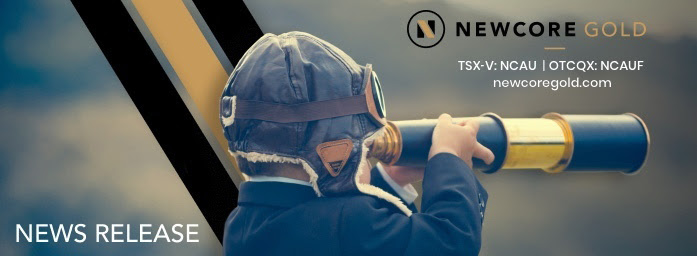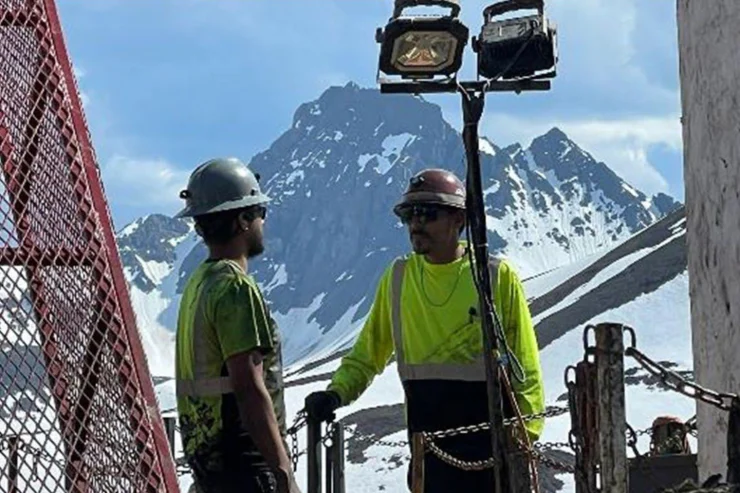Mining

South Africa needs more women leaders in mining

Speaking at the Women in Mining South Africa Breakfast in Cape Town earlier this year, Deputy Minister of Mineral and Petroleum Resources Phumzile Mgcina acknowledged the strides made in improving women and youth participation in the mining industry.
However, she cautioned that women remain underrepresented in decision-making structures — both within mining and across the wider economy.
“Empowering and uplifting women to occupy leadership roles in the mining industry is not just a matter of fairness, but a fundamental principle for sustainable socioeconomic development. We must work together to create a conducive working environment for women to thrive as chief executive officers, chief operations officers, mine managers, chief safety officers, shift bosses, and miners,””” she said.
According to the Minerals Council South Africa, women’s participation in the mining workforce has increased significantly from about 11,400 in 2002 to 56,691 in 2019. Still, women make up only 12% of the country’s total mining labour force.
It is against this backdrop that WomenIN presents #LimitlessVoices, a bold, raw, and uplifting campaign that recognises the stories of African women who are redefining what is possible across industries, communities, and generations.
ESI Africa spoke to Nicole Mason, Vice President: Partnerships for Projects and Development at Anglo American’s Carbon and Innovation team, and interim CEO of Envusa Energy. She has been instrumental in driving Anglo American’s transition to carbon-neutral electricity, ensuring that all operations outside South Africa now run entirely on renewable power
You’ve been with Anglo American for over 18 years; what first drew you to the sustainability and renewable energy space?
I have been with Anglo American for 18 years in various commercial and strategy roles. It was in the supply chain space, where I led the team responsible for global electricity, that I first started to explore the renewable energy strategy for Anglo American.
Looking back, was there a turning point when you realised sustainability would define the future of mining and energy?
There was not one particular turning point for me. I have always been of the view that mining is a necessary part of global development, but if it is done without consideration for the environment and stakeholders, its legacy will not be good.
Sustainable mining provides the opportunity for a symbiotic relationship between the industry and its environment. Essentially mining should be a force for good. Energy is the most significant building block for society; without it, we would not have seen the rapid industrialisation over the last 100 years. The cleaner and more sustainable the energy supply, the better for the society; however, this needs to be done in a responsible way, taking into consideration the socio-economic and environmental impact to ensure that a just and viable energy transition can take place. The mining and energy industries need to collaborate to make this happen.
What personal values or experiences most influence the way you lead sustainability projects today?
I value integrity, which for me means doing the right things in the right way. This means constantly evaluating the opportunities and trade-offs to come to the best possible solution with the most positive impact.
I have always believed that cross-functional collaboration is the key to landing successful outcomes. We have demonstrated the power of collaboration through partnership.
As someone who has moved from electricity procurement to spearheading renewable strategies, how has your leadership style evolved?
I have always believed that cross-functional collaboration is the key to landing successful outcomes. Envusa has demonstrated the power of collaboration through partnerships.
Many describe you as a systems thinker. How do you balance technical innovation with practical implementation?
This balance is critical to bridge the gap between strategy and realisation. It is always important to take a step back and look at the end-to-end system. Siloed thinking is dangerous and doesn’t take into consideration unintended consequences on other parts of the system.
What has been your most challenging project to date, and how did you overcome those obstacles?
Each project has its own nuanced challenges. There isn’t one particular project that stands out as most challenging. Where there are multiple stakeholders, this creates complexity, and maintaining momentum can sometimes be challenging. The best way, in my experience, to overcome this is to keep lines of communication open, to actively listen to concerns and to take a collaborative approach to finding solutions.
Repurposing disturbed land and integrating communities are central to your approach. Why are these measures so important to you personally?
Using disturbed land for a new and productive purpose and in a way that provides a positive impact on communities through stimulating additional economic activity and potentially providing jobs aligns with my values of integrity and accountability. It is important to me to leave a situation or place in a better position than I found it.
You’ve worked on projects spanning carbon capture, waste elimination, and green mobility. Which of these excites you the most, and why?
These projects have one thing in common: they are right on the forefront of innovation, which makes them very exciting but also risky. Very few companies in the world have mastered these types of opportunities. What is most exciting for me is the opportunity to accelerate their progress through partnerships with others who have similar objectives.
What advice would you give to young professionals, especially women, aiming to lead in energy and sustainability?
Recognise the power of harnessing the ideas and talents of a diverse team. Never stop challenging the status quo. Always believe in yourself and the potential of a better future.



